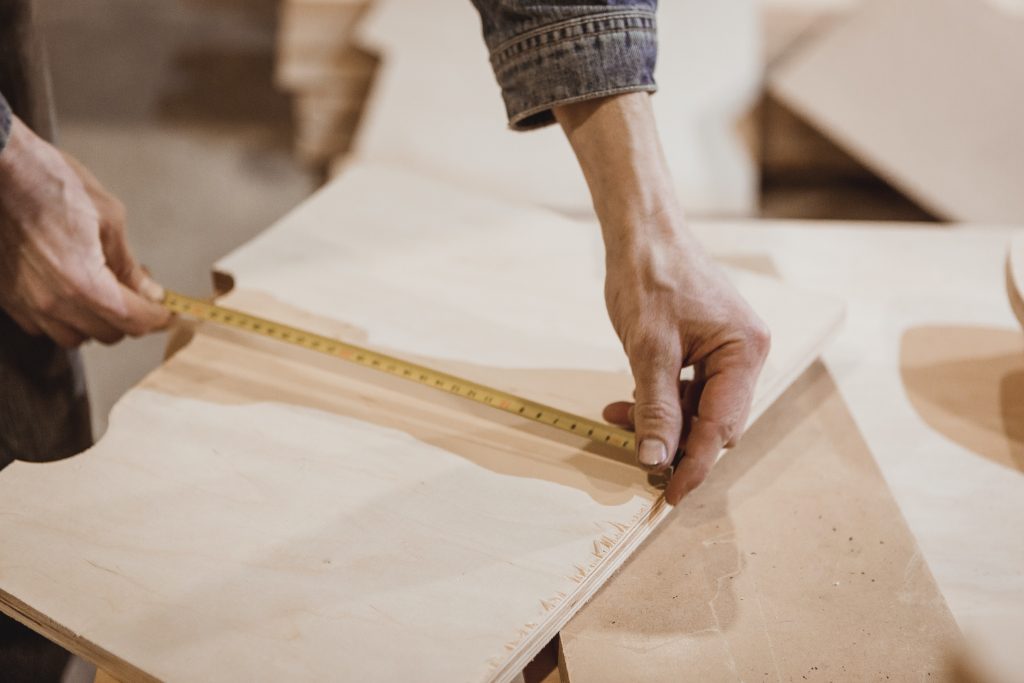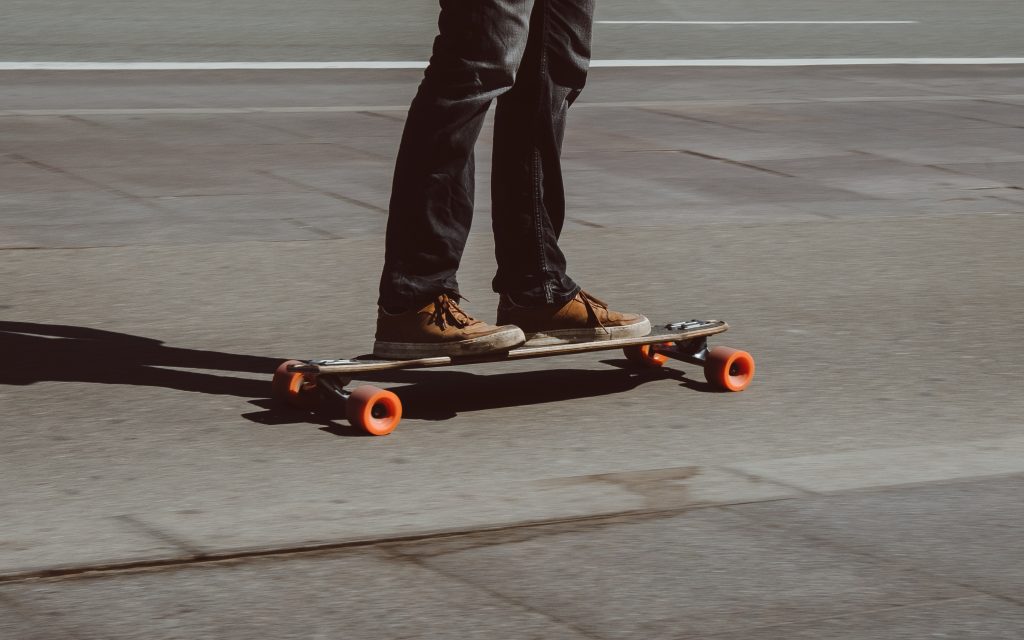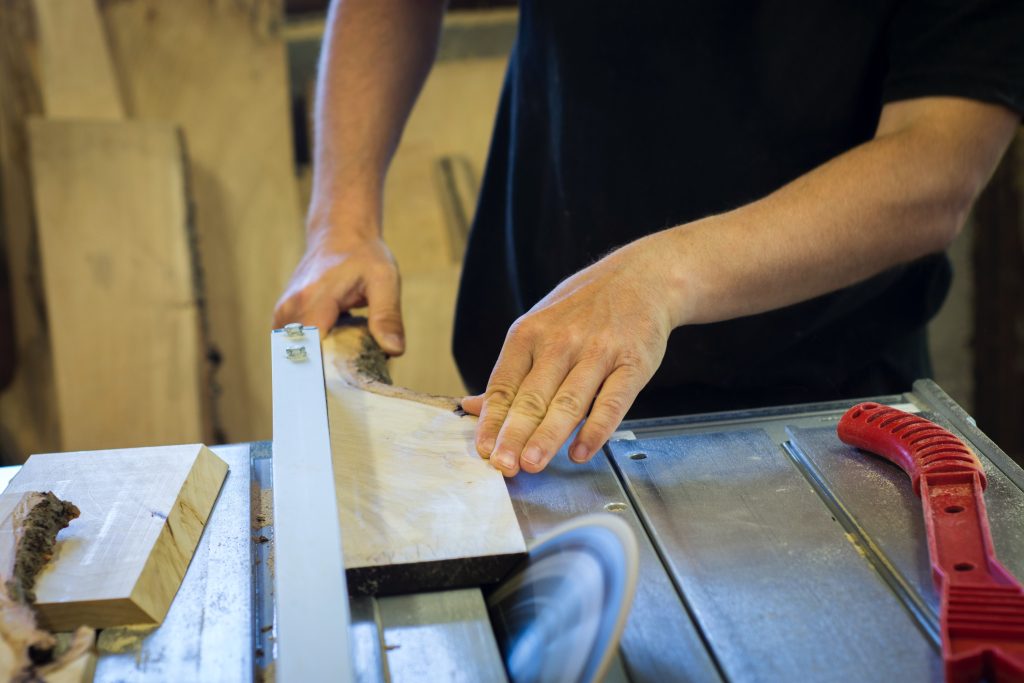Whether you like skateboarding or longboarding, if you want to get good at it, you need the right board.
And while there are plenty of places to buy one, the best way to get the board you want is to build your longboard. If DIY projects are your thing, then this article is for you. It will demonstrate how simple it is to make a unique longboard at home.
How to Make Longboard Video Tutorial
If you’re addicted to longboarding, save money by building your own at home using our free designs and detailed instructions instead of buying one.
Simply stack quarter-birch plywood to the necessary thickness, bend the center slightly by placing weight on it, attach the DIY longboard template to your boards, and use a jigsaw to cut out the form. You’re ready to go once you’ve installed the wheels.
Simple Steps to Make a DIY Longboard
Choose Your Materials
You will need a piece of wood at least 8 feet long and 6 inches wide. Although plywood can be used, it isn’t as durable as other wood.
A low-cost board can be built with two to three inches, four to six, and one-eighth inches of thick plywood. You may utilize 8plywood sheets, a millimeter in thickness if you wish. You’ll need an adhesive and screws because all these parts will be fastened to your project.
The number of sheets you use will vary depending on how much leeway you require. For a stronger board, we propose using multiple layers of maple.
Cut the Board To the Appropriate Size
Cut the board to size with a circular saw if you’re using plywood.
Cut the board to size with a hand saw if you use a different kind of wood.
Drill the Holes for Trucks
Locate a point that is 4 inches from the board’s ends and mark it with a pencil.
Create pilot holes at each mark using a drill. The truck bolt should be able to fit through the hole.
Attach the Trucks
- Place one truck on each end.
- Attach the trucks to the underside of the board using screws or bolts.
- If using screws, countersink the holes so that the heads of the screws are flush with the surface of the wood.
- If using bolts, make sure that the heads of the bolts are on the top side of the board.
- Attach the wheels on your board.
- Each axle of the truck should have one wheel on it. Tighten the nuts by hand. Mount the wheels onto the trucks.
Test the Longboard

- Place the longboard on the ground and stand on it with both feet.
- Apply pressure to one foot to see if the board moves. If it does, tighten the nuts on the wheels.
- Try riding the longboard down a gentle slope. If it seems stable, you’re ready to ride! If not, make adjustments as needed.
To avoid slipping, tape gripping material to the top of the board:
- Cut the grip tape to the appropriate size after measuring the board’s width and length.
- Peel off the backing of the grip tape and apply it to the top of the board, starting at one end and working your way to the other.
- Use a utility knife to trim off any excess tape.
You can find grip tape at most skate shops or online.
Longboard Customization (Optional)
Use contact paper or duct tape instead of grip tape if you want a custom design. Just smooth out any wrinkles or bubbles so your deck is flat.
- Add stickers or paint to customize your longboard.
- Choose stickers or paint that reflect your personality or style.
- Apply the stickers or paint to the board using a level surface guide.
- Allow the stickers or paint to dry entirely before riding your longboard.
Add the Grip-tape
Adding Grip-tape to your board ensures your feet don’t slip when riding. To do this:
- Unroll the tape onto the deck and press it down until it’s fully stuck. Once that’s done, use a hard object around the edges of the deck so everything is even.
- Grab a razor blade and cut off any excess tape hanging off (don’t worry about being too precise here).
- Put your trucks in place and screw them on using the provided hardware.
And that’s it! Your longboard is now ready for you to ride.
With these steps and readily available tools, you can easily build your longboard! Most importantly, enjoy the process and creating a strong, great-looking longboard.
FAQs Related to Longboard Making
What is the most common type of wood utilized in constructing longboards?
The wood most commonly used in longboards & skateboards today is maple. Maple boards can have 5 to 10 layers or “plys.” Though they’re common, all-maple boards can be quite heavy, so some manufacturers mix other lighter woods with the maple ply.
Is it possible to construct your longboard?
It is normally cheaper to build a longboard than to buy one, and it’s a lot of fun to customize your own. You’ll need wood-chopping skills, access to woodworking equipment, a pinch of imagination, and plenty of enthusiasm to construct your board.
What is the optimum width of a longboard?
Flotation on a longboard is tricky–thicker boards with more flotation make it easier to catch waves but also harder to maneuver. Most longboards have thinner tail and nose regions and are wider than 2.5 inches.
Why are the trucks on longboards positioned in the reverse direction?
Although the deck is small, it is designed to go fast. In addition, like longboards, these boards have sharper turns. We inverted our trucks to give you greater control over your board. This delivers a smooth and stable ride in a small longboard board package.
When it comes to longboards, is maple or bamboo a better choice?
Bamboo fibers are stronger and longer-lasting than maple wood, making it the perfect choice for a sturdier deck. It can also withstand dry and wet weather conditions.
What is the material used in longboard deck construction?
Plywood, which can have two to eleven layers and is typically made of birch, bamboo, maple, koa, or oak wood, is typically used to make longboard decks. There are many different styles and dimensions of longboards for sale.
Wrapping Up
You can make a longboard as basic or as complex as you like. It’s up to you whether the board should be made of one solid color, have lettering and designs printed, or be completely painted with a creative design. Various aluminum trucks, wood decks, and rubber wheels are accessible to match your style.
Longboarding is a lifestyle, a pastime, and a social activity. Please take advantage of our longboard-making hints to add to the excitement of this fascinating pastime. From knowing nothing about how to make your longboard to producing one confidently, you can go from zero to hero in no time.


